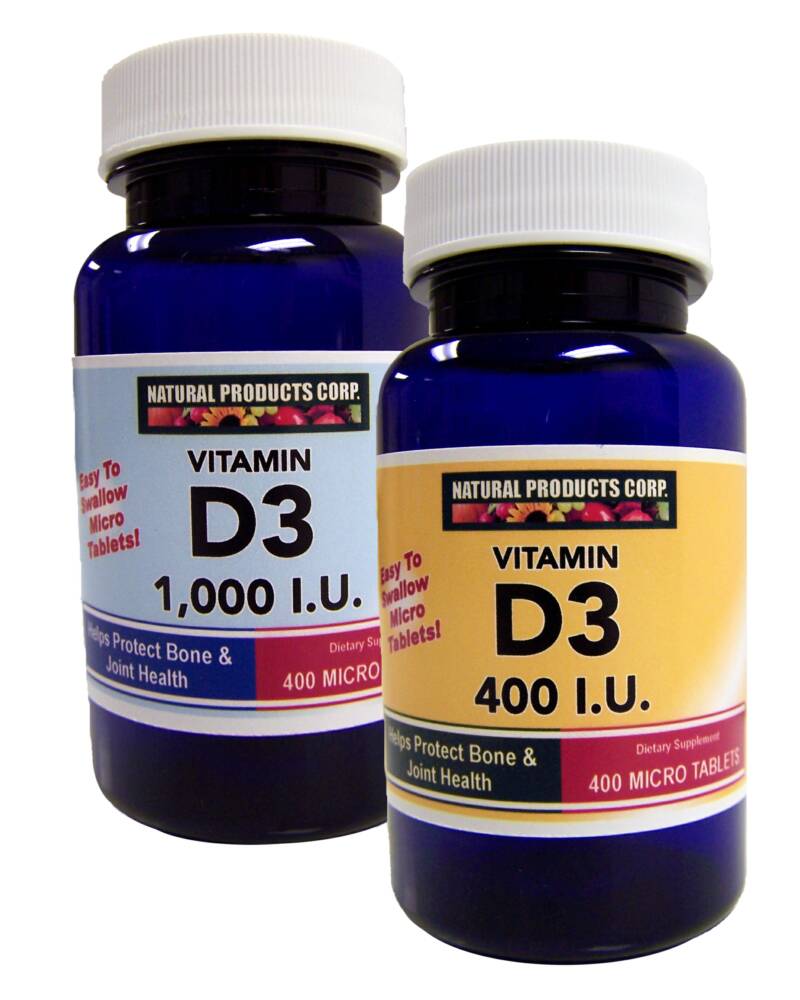 | ||||
Vitamin D is not strictly speaking a 'vitamin." A compound is called a vitamin when it cannot be produced within the body, and must be obtained from external sources.
Humans are designed to make vitamin D in the skin as a result of UV radiation acting on a precursor. As Vitamin D can and is made in the body, this contradicts the definition of a vitamin. It is more accurately described as a hormone.
Supplies in our diet are very inadequate, and it would be almost impossible to achieve high levels of Vitamin D through diet alone. Small amounts are found in fortified foods such as milk, orange juice, cereals and margarine, but the quantities are too small to be of significance. One eight-ounce glass of milk contains about 100IU. (1)
However, although we are capable of producing Vitamin D, we rarely produce enough due to the latitude at which we live and present ideas about what are appropriate levels of sun exposure. Most dermatologists will tell you to avoid sun at all times.
The primary source of Vitamin D is the skin. Large amounts are made in just minutes of sun exposure. (1) The amount produced is proportional to the area of skin exposed. (26, 27)
A fair skinned person sunbathing for 20 minutes in strong sunlight would produce 20,000IU within <30 minutes. i.e. the equivalent of approximately 200 glasses of milk (24)
The basic molecule that forms the foundation stone from which Vitamin D is produced is cholesterol. Cholesterol is converted into 7-Hydro-cholesterol which is stored in the skin. Here it is converted to vitamin D3 (cholecalciferol) when the skin is exposed to UV radiation.
Vitamin D3 is rapidly metabolized in the liver to calcidiol (25(OH) D), which is the stable form of Vitamin D that can be measured in the blood and is the form in which Vitamin D is stored in the body.
Here is where it becomes a little complicated. It has long been known that calcidiol is converted into calcitriol (1, 25(OH) D) by the kidney. It is this molecule that circulates in the blood controlling calcium absorption, its incorporation into bone and excretion. Indeed for many years this was thought to be the only role of Vitamin D. (1)
It has now been shown that this last conversion of calcidiol to calcitriol also occurs in many other tissues of the body to produce high local levels of calcitriol. These same tissues have vitamin D receptors demonstrating that calcitriol has important local actions. Most organs of the body have now been shown to contain Vitamin D receptors. (28)
It is this local conversion within various tissues that is thought to produce cancer preventative effects. The local conversion raises tissue levels of calcitriol and achieves effects that cannot be achieved by calcitriol circulating in the blood that originated from the kidney.
In preclinical studies calcitriol has been shown to kill cancer cells (apoptosis), inhibit angiogenesis (the growth of new blood vessels) and prevent metastasis. These effects are now known to caused by the local production of calcitriol and are the basis of vitamin D’s role in cancer prevention and cancer treatment.
The products and the claims made about specific products on this site have not been evaluated by the United States Food and Drug Administration and are not intended to diagnose, treat, cure or prevent disease. The information provided on this site is for informational purposes only and is not intended as a substitute for advice from your physician or other health care professional. You should consult with a healthcare professional before starting any diet, exercise or supplementation program, before taking any medication, or if you have or suspect you might have a health problem.
How Vitamin D is produced and handled in the body.
influenza
Copyright 2011: Vitamin D3 World | Vitamin D3. All Rights Reserved.
